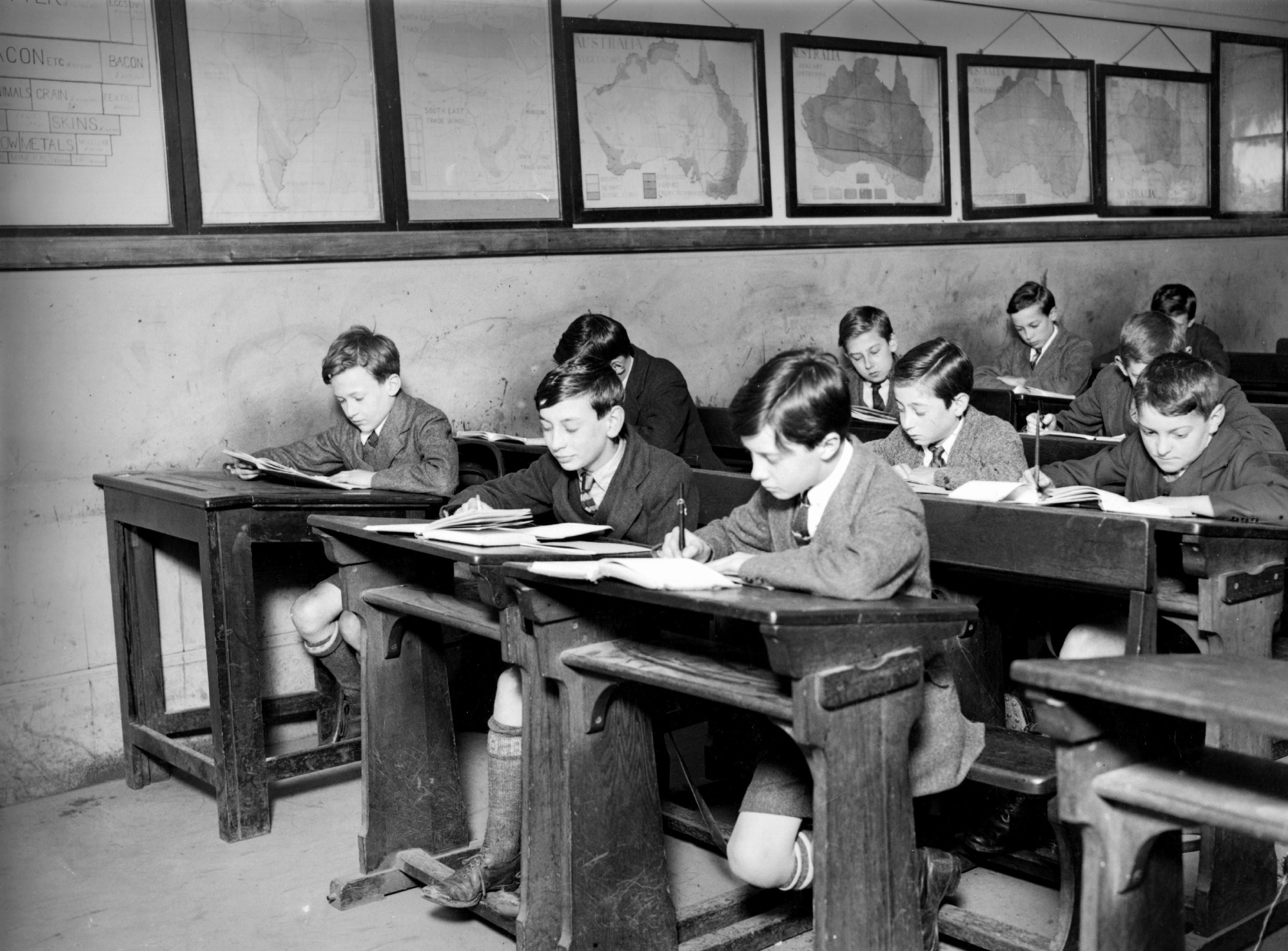Can you answer these SAT questions from 1926?
As the SAT goes digital, see how you do on these century-old questions about cigarettes and widowers

The SAT, America’s most widely-used college admissions exam, is always changing. This week, the test’s publisher announced that it will go fully online starting in 2024, among other changes.
The all-digital exam will arrive almost exactly 100 years after the first SAT, which was administered in 1926. Back then, the “Scholastic Aptitude Test” evolved out of an Army IQ test used during World War I, and offered schools a way to measure the college-readiness of both private and public school students. (An earlier College Board test, given in 1901, asked students to translate chunks of Cicero back into Latin.)
The 1926 test was divided into four “sub-tests,” measuring the user’s vocabulary, mathematics skills, reasoning, and other abilities. An alarming number of questions are about cigarettes. So if you’re stressing over the new SAT, or if you’re still traumatized by the pencil-and-paper test of your youth, see how you do on these sample questions from the first SAT ever:
SUB-TEST ONE
The first section focuses on vocabulary. Below are several sentences, each missing one word. A list of 33 words is printed underneath them. Your job is to write the number from each sentence next to the correct word that’s missing. Ready? Go!
“An (1) is an English linear measure, customary in the United States, the twelfth part of a foot.”
“A woman who marries a widower, he having a child by his former wife, becomes (6) to such child.”
“(18) is the science that treats of plants with reference to their structure, functions, development, analysis, nomenclature, and classification.”
___ accusative ___ adjective ___ adverb
___ algebra ___ allopathy ___ arch
___ atom ___ biology ___ black
___ bond ___ botany ___ cause
___ cellulose ___ circulatory ___ civics
___ composition ___ compound ___ constant
___ cornet ___ dative ___ deduction
___ digestive ___ eaves ___ economics
___ effect ___ element ___ flute
___ foot ___ geology ___ geometry
___ history ___ homeopathy ___ hydrogen
SUB-TEST TWO
This section’s format is more straightforward. A series of math problems are given, and you fill out the answer in the blank space. If you’re a heavy smoker, you’ll have an advantage.
“3. If a package containing twenty cigarettes costs fifteen cents, how many cigarettes can be bought for ninety cents?
Ans. __________ cigarettes”
“5. Fifty-six pounds of camping outfit are to be carried. A, B, and C share the load in these proportions: three parts to A, two parts to B, and two parts to C. How many pounds does A carry?
Ans. __________ lbs.”
“9. A man spent one-eighth of his spare change for a package of cigarettes, three times as much for a meal, and then had eighty cents left. How much money did he have at first?
Ans. $__________”
SUB-TEST THREE
Ready for a challenge? Below are some lists of “words,” by 1920s standards. For each list, your job is to list the three that are “MOST CLOSELY RELATED” on the right. Good luck!
“Bon Ton, Gossard, Djer Kiss, Del Monte, Mavis, Jonteel….. ___ ___ & ___”
“Victor, Steinway, Atwater-Kent, Edison, Congoleum, Aeolian….. ___ ___ & ___”
“Ayrshire, Pomeranian, Maltese, Plymouth Rock, Leghorn, Wyandotte….. ___ ___ & ___”
“Mutter, pater, sister, descendiente, madre, mere….. ___ ___ & ___”
SUB-TEST FOUR
This last subsection is especially difficult. An entire page of instructions introduces the reader to an “artificial language,” listing several words with their English definitions. “Thanto,” for example, means “please,” and “borpo” means “satisfy.”
Then there are grammatical rules: past tense is expressed by adding “erp” before the word, and future tense is expressed by adding “bel.” If you want to turn a verb into an adjective, simply change the “o” at the end of the word into an “em.” Same thing for adverbs – just change the “o” into an “id,” or “ae” for nouns. Got it?
Sadly, the next page has been lost to history, so you can no longer enjoy the pleasure of taking this part of the test. Or perhaps this leaves you feeling “erpthanto.”
Subscribe to Independent Premium to bookmark this article
Want to bookmark your favourite articles and stories to read or reference later? Start your Independent Premium subscription today.

Join our commenting forum
Join thought-provoking conversations, follow other Independent readers and see their replies